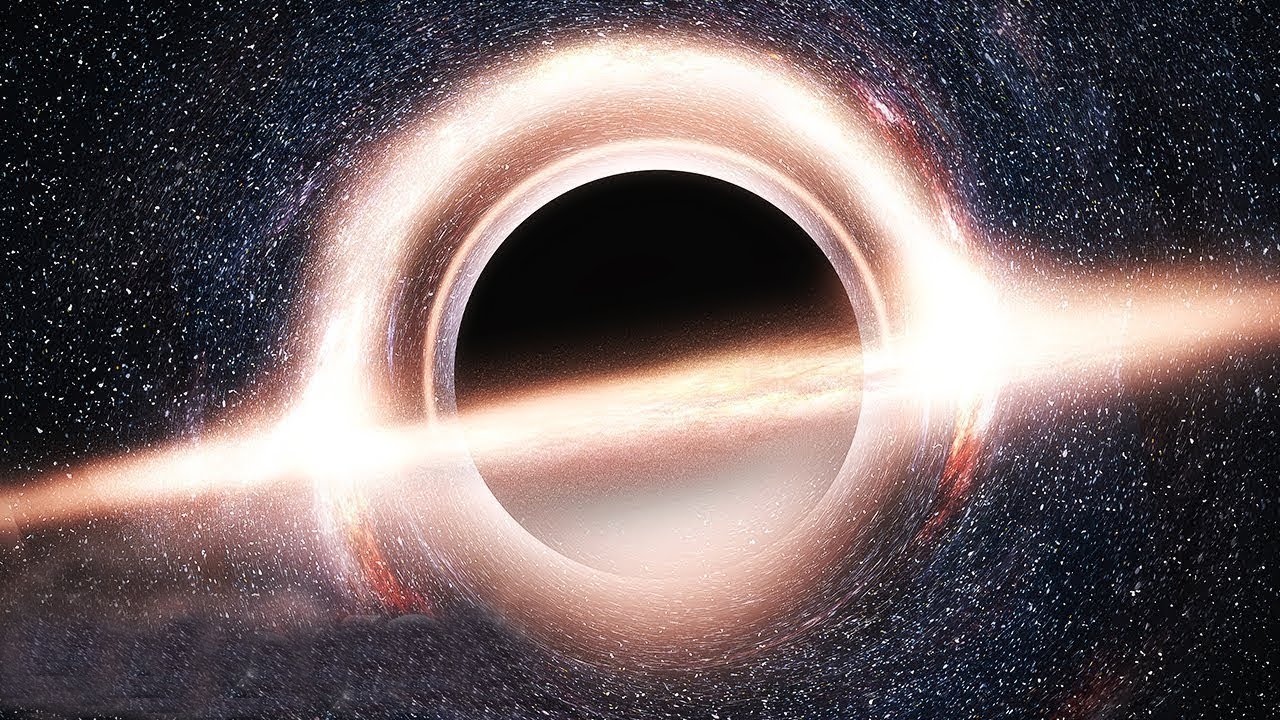ALMA radio telescope has detected a black hole in the early Universe with 1 billion times the mass of the Sun

Scientists have discovered a black hole that formed 750 million years after the Big Bang. They suggest their discovery could change the way galaxies are created.
Here's What We Know
A supermassive black hole has been discovered in the centre of the ancient galaxy COS-87259. The Atacama Large Millimeter Array (ALMA) radio telescope was used. The black hole has a mass 1 billion times that of the Sun.
Researchers believe many similar objects existed in the early Universe, but do not know what caused it. The discovered supermassive black hole continues to absorb everything around it.
Scientists have run a simulation of the first 1 billion years of the Universe. It demonstrates that clouds of gas could merge into stars, which die and become black holes. They then collided with each other, causing more black holes to form across the Universe. However, it is a mystery to researchers how they managed to spread rapidly across the early Universe.
If scientists can solve this mystery, they will also be able to answer the question of how galaxies formed at the dawn of our Universe. A discovery made by ALMA could eventually change the way humanity thinks about the cosmos.
This may be due to the very rapid formation of stars at this stage of development. Specifically, in the galaxy COS-87259 under study, stars formed 1000 times faster than in the Milky Way (1-2 per year).
Source: Live Science